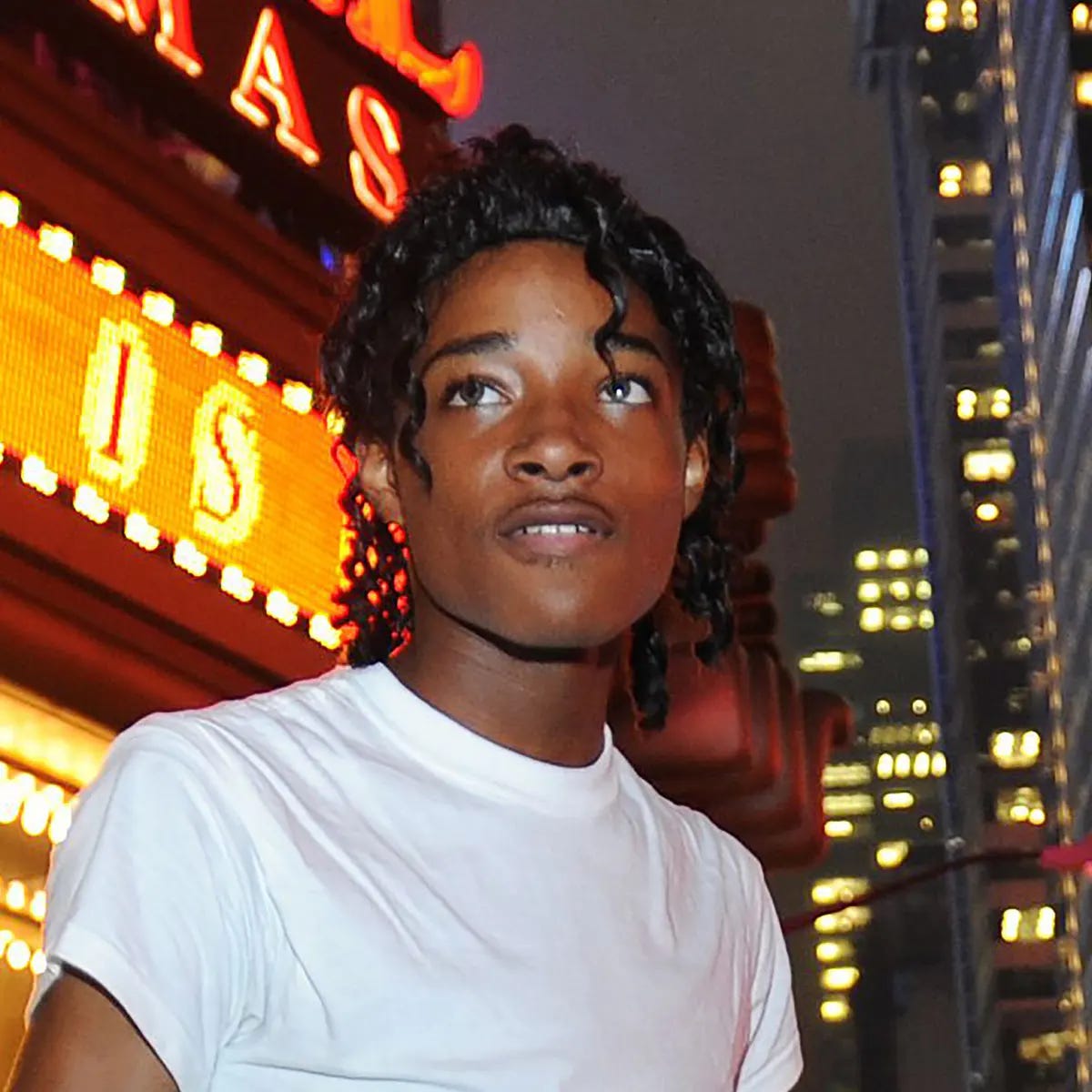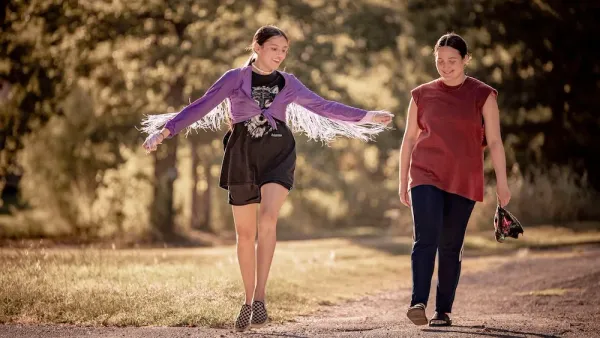Blood On The Tracks
On fear, the numbness of crowds, and the death of Jordan Neely.

I have my usual Friday “What to Watch” post all cued up and ready to go later today, but it’s sometimes hard to natter on about showbiz when real life pulls up to stare you in the face. So forgive me while I express some of the despair and sorrow I’m feeling this morning, for the death of Jordan Neely and for the assumption by so many people across social media and elsewhere that his murder was somehow unavoidable or even deserved. I’m feeling pretty shitty about the human race right now. About you and, yes, about me.
But, Ty, you haven’t ridden the subway with a maniac screaming in your face, have you? Well, yeah, I have. I lived in New York City from 1979 through 2002, when it was a far worse hellhole than it is today, and I rode the subway every day. I have been in a train car with a mentally ill person having an episode more times than I can count. Did I think that was normal? No, I thought it was the shameful result of a city, a state, and a country that had abandoned any interest in a social safety net for the mentally ill and people experiencing homelessness. But, of course, I wasn’t about to remake my life to do anything about it.
In such a situation, you learn to internally triage and assess the nature of the perceived threat: Do I move to another seat, to another car? Is this person a danger to themselves or to other passengers? Are they in need of help? Are they just an unpleasant wrinkle in my privileged day? I may share fifteen minutes of another person’s psychic distress; it can be hard to remember that they live with it full-time.
So, yes, I have felt the surge of fear when such a person threatens to invade my space. I have felt the adrenalin kick in; the fight or flight response; the staring straight ahead at the book or newspaper you’re no longer reading. And I have felt the anger, too – the anger that arises from the fear that arises from the potential loss of control over the situation you find yourself in. In the darkest part of my frightened little lizard brain, I have wished those people gone. I have wished them dead so they will no longer make me uncomfortable.
My lord, humans are an awful species. If we weren’t capable of empathy and pity, we’d be irredeemable – just bring on the asteroid and get it over with. The worst thing about a crowded subway car with a desperate, deluded, screaming soul in it is the bystander effect, the numbing urge to let somebody else deal with it, which quashes the will and the possibility that someone, that you, might reach out to defuse with a kind word, some food, a five spot, a sympathetic ear. (Come on, have you done that, Ty? Once or twice. I want to be better than my worst self, and every so often I am.)
What I haven’t done, obviously, is murder the person. Put him or her in a chokehold for the long minutes it takes to go limp, to be starved of oxygen. Or helped hold him or her down while someone else did the murdering. Or sat there filming the murder with my phone, which is how the bystander effect functions in a society where everyone’s their own cameraman. I would like to think I would have intervened; I bet you do, too. Maybe we would have. Maybe we wouldn’t. We’ll never know. (And maybe this will change the inner calculus we all do in these situations. For a year or two.)
As tragic as the murder of Jordan Neely is, what has me mostly depressed as hell is the response I see from good, kind, caring people who feel he had it coming or that it was, you know, inevitable. Go read the comments under any news story about the event: The blood lust and justifications are unmistakable, no matter how genteelly stated. He had 40-something priors! (A fact that the man who killed him did not know when he killed him.) He was yelling; he threw down his jacket – who knew what he was going to do next? The murderer neutralized a threat; he’s not a murderer, he’s a hero. Underneath so many of the comments, one hears an undercurrent of relief that the crazy guy is just … gone. (And, yes, the responses would certainly be different if Neely weren’t Black and the man who killed him was not.)
What was Jordan Neely yelling about? He was tired of being homeless and hungry; he’d had it with shelters, he didn’t care if he went to jail. He was in so. much. pain. And I’m thinking about that a lot – that everyone on that train couldn’t or wouldn’t see the pain, because they were scared. As I doubtless would have been, too.
If you know the Four Noble Truths of Buddhism, you know the first two say that life is suffering – dissatisfaction, unhappiness – and that suffering is caused by desire, by wanting. There are times, though, I think that the suffering is mostly caused by fear (although that’s a form of desire, too – the desire to not be afraid). The anger, the hatred, the divisions that plague our society – they all arise from fear (well, that and the Internet). Fear of the unknown, of things beyond our assumptions and values. Whether it’s a social media post that offends us or a person acting seriously deranged on the subway, the fear of things being out of control makes us angry, because we don’t like not being in control and want to punish the thing we think is causing the fear. To just take it out of the picture – choke the ever-loving life out of it.
Instead of maybe, just maybe, looking at the fear instead and thinking about how it makes other people’s humanity up and disappear. Jordan Neely was in great distress, and because he was in great distress he scared people, and because he scared people he is dead. I’m sitting with that today, and I hope you are, too.
Addendum: Because I am as self-absorbed as the next person and probably more so, I posted this without getting into who Neely was as a person. Articles about him and interviews with those who knew him are starting to appear; here’s one in The Guardian that talks about his life as a street performer and about the trauma of his mother’s murder when Neely was 14 (he testified at the killer’s trial), and here’s his Facebook page, with videos of his Michael Jackson routine. Remember him.

There are many ways you can help people experiencing homelessness. Here are some suggestions on how to take action on an individual, local, and national level. Kindness and respect go a long way, as does food, money, volunteering, and working to change attitudes and larger systemic conditions.
Thanks for reading. I usually write about movies and popular culture but occasionally about other things. Feel free to respond —
or share this post.
You can subscribe to the newsletter here.




